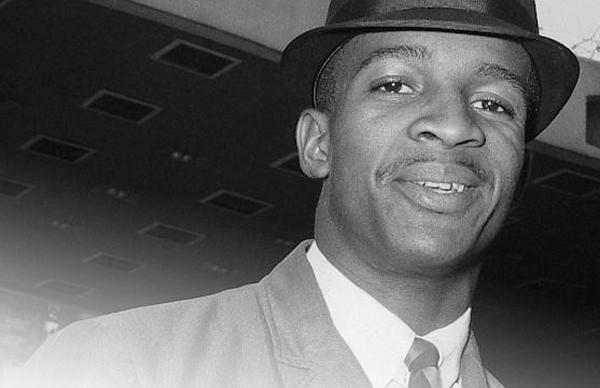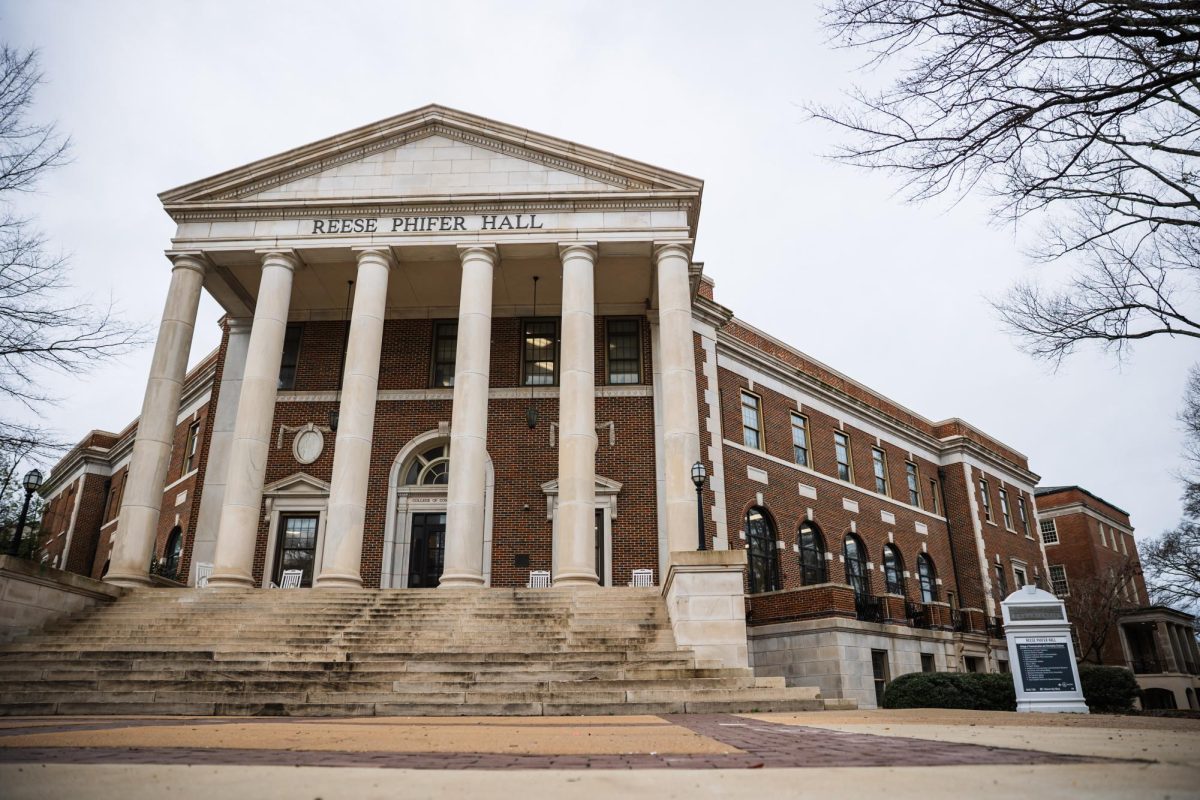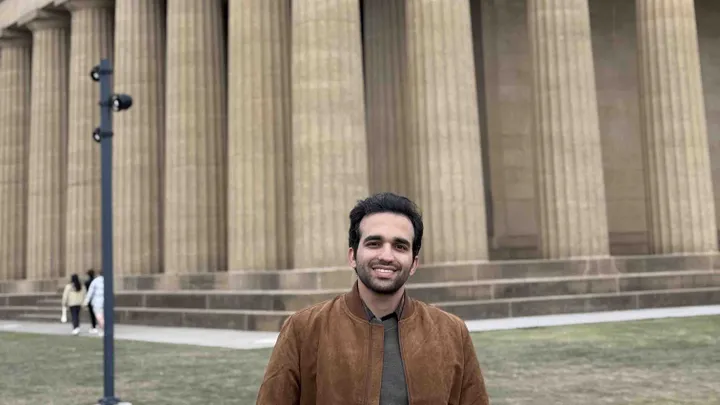James Hood died Thursday. He helped radically change this University.
Integration at The University of Alabama reached the national stage when Hood and Vivian Malone, two of the first three black students accepted at the University, arrived at Foster Auditorium to register for classes on June 11, 1963.
Alabama Gov. George Wallace, grandstanding for the gathered crowd and media, stood in Foster’s doorway to block their entry.
The Stand in the Schoolhouse Door captivated the national media as President John F. Kennedy federalized the Alabama National Guard to order Wallace to stand aside. Hood and Malone registered for classes later that afternoon.
Hood’s time on campus was plagued by race riots, demonstrations and threats. According to the New York Times, 20-year-old Hood lived alone on a dorm floor occupied by federal marshals. While Malone would go on to become the University’s first black graduate, Hood withdrew in August of 1963 following repeated threats and University efforts to expel him.
Sixteen days after the Stand in the Schoolhouse Door, Hood wrote a guest editorial in The Crimson White and stated that education, rather than protest, could be the answer to the virulent race relations of the day.
Hood wrote that these ideas, in addition to his decision to pursue an education in a hostile environment, could alienate him from his friends as well as his enemies – but he would continue, regardless.
“However, everyone has a right to his opinions and does not have to fear being harmed for standing firmly by them,” Hood wrote. “My position will make me unpopular with the masses of my people, but that has no relevance in what I believe and how I feel about the situation.”
After leaving the University, Hood continued to place emphasis on his own education. The Gadsden native would go on to earn a bachelor’s degree from Wayne State University in Detroit and a master’s degree from Michigan State.
In 1997, he graduated from the school that had first barred his entry when he obtained a doctorate in interdisciplinary studies at The University of Alabama.
In 2010, Hood and Malone were honored alongside Autherine Lucy, the first black student to enroll at the University, at the dedication of the Autherine Lucy Clock Tower outside Foster Auditorium. The clock tower and plaza were constructed to memorialize the first steps the students took toward integration.
“James Hood will be remembered for the courage and conviction he demonstrated as one of the first two African-American students to enroll at The University of Alabama,” UA President Judy Bonner said in a statement Friday. “His connection to the University continued decades later when he returned to UA to earn his doctorate in 1997. He was a valued member of The University of Alabama community and he will be missed. Our thoughts and prayers are with his family during this difficult time.”
Fred Horn, UA student and president of Sankofa, an African American Heritage organization, credits Hood with paving a way for minority students to attend the Capstone.
“Only 50 years ago minority students were not allowed at the University, and now we have a thriving campus that embraces diversity. James Hood has changed my life completely, because I would not have this college experience without him,” Horn said. “The dreams that great leaders like James Hood had for my generation’s future were astounding. I am honored to say that I am a product of those dreams.”
Hood died on Jan. 17 in his hometown of Gadsden, Ala., at the age of 70. His actions and legacy remain memorialized on campus and through his own words.
“Education itself will not and cannot occur overnight,” Hood wrote in his Crimson White editorial. “It demands the tough of the toughest and the concern of the concerned. It is not a one-way affair, but a two-way street on which both parties must travel at the same rate of speed, and in pursuit of the same destination, if there is to be harmony at the traffic light.”









